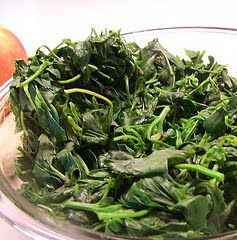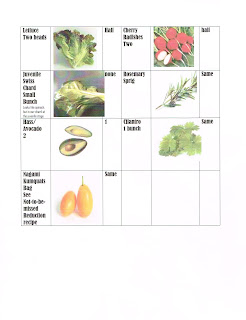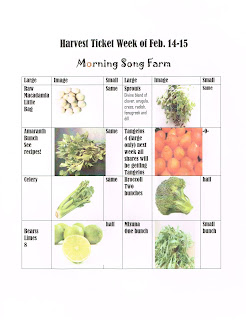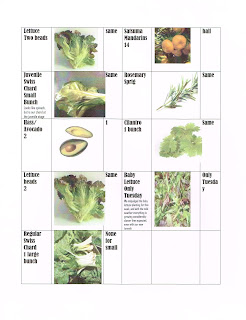admine9519, Author at Morning Song Farm - Page 25 of 44
the world.” Interstingly enough, the plant is used by Biodynamic farmers to feed the soil. Indiginous people all over the world have cultivated Cheno, and archeologists have reported that there is evidence that the plant has been consumed for thousands of years.
called lambsquarters and purslane “two of the most nutritious plants in
the world.”
this isn’t technically a recipe, but here’s the process. Dump all your kumquats
in a food processor or blender. I use a Vitamix which I can’t live without, but
for this, probably a cheap blender would work all the same. I add water to just cover the fruit. Hit puree. Then I dump the contents of the blender in a
strainer, and using the back of a soup spoon, I force the juice through the
strainer, and toss out the mash with the seeds. The juice that’s left I put in
a saucepan and heat with a little added sugar to taste. Don’t try this without
sugar, although I’m a huge advocate of stevia and reduced sugar recipes, this
concoction won’t thicken properly if you omit sugar. Stir over a medium heat
until it’s thickened. I stop “reducing” when it’s about the consistency of
maple syrup. That’s it.
I drizzle this absolutely gorgeous reduction over crepes. I
use it to sweeten lemonaide. I use it as the base for margaritas and for
daiquiris. Watch out! A kumquat reduction alcoholic beverage can really sneak
up on you! Last night I made a raspberry shortcake, topped with freshly made
whipped cream and pooled the reduction around each serving. This reduction is
so beautiful and unbelievably orange, it looks like it must be
artificially colored. Enjoy!
 Click on image to enlarge for easy reading.
Click on image to enlarge for easy reading.
You’ll find an usual bunch of greens this week, a leafy green that Michael Pollan writes about being under appreciated. Truly, it offers one of the finest leafy green stir fry ingredients I’ve ever enjoyed. Chenopodium (Alba) is related to amaranth and the grain quinoa.
We’re boosting our sprout production, and we’re investigating eco packaging for them. They’re the last thing we put in the boxes, harvested minutes before the truck leaves the farm.
Although most of our long timers have seen our Kumquat Reduction recipe, I’m including it here. After you’ve tried a reduction from a Nagami Kumquat, you may never want something as flavorless as pancake syrup again.
The reduction also makes a killer margarita.








